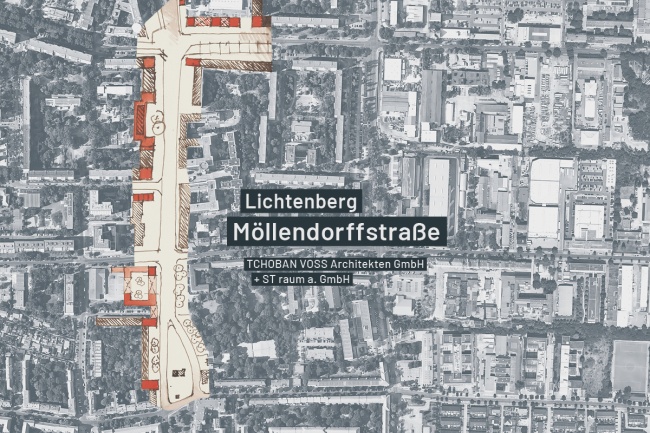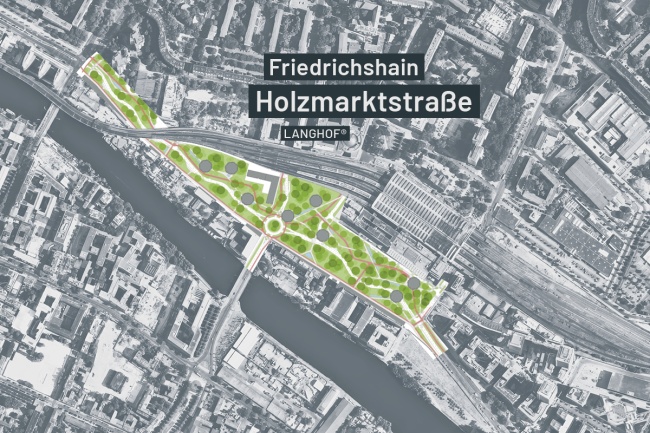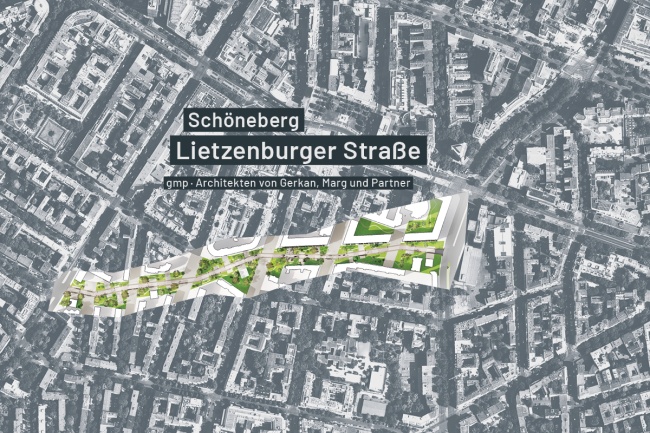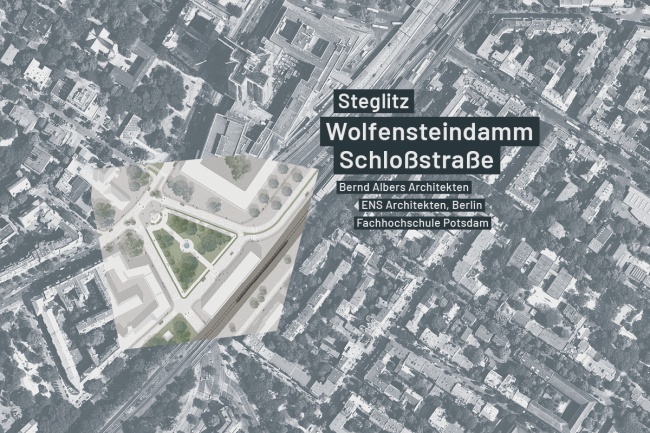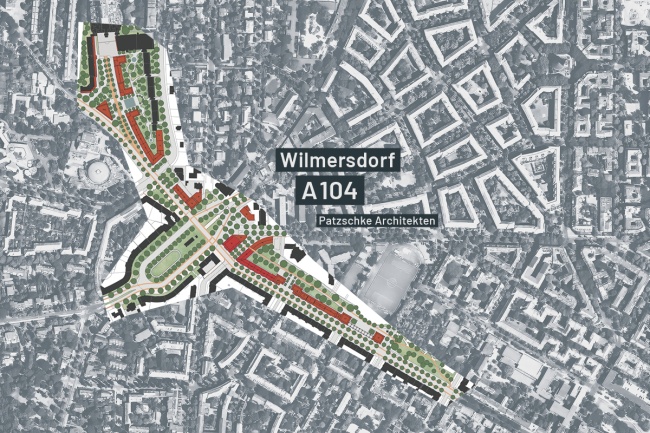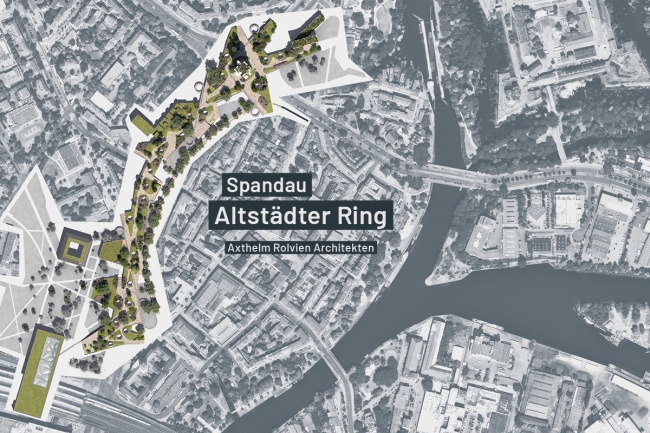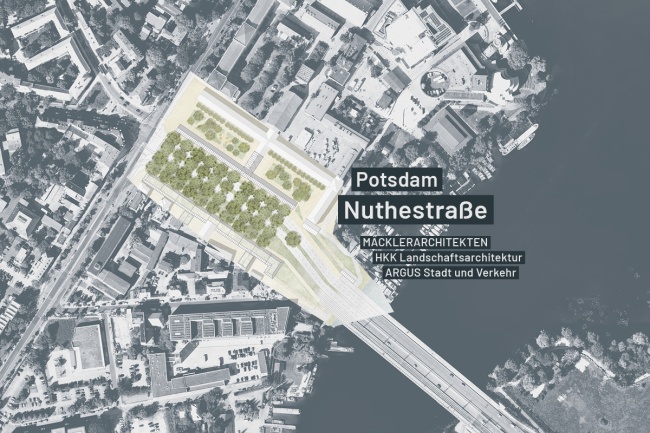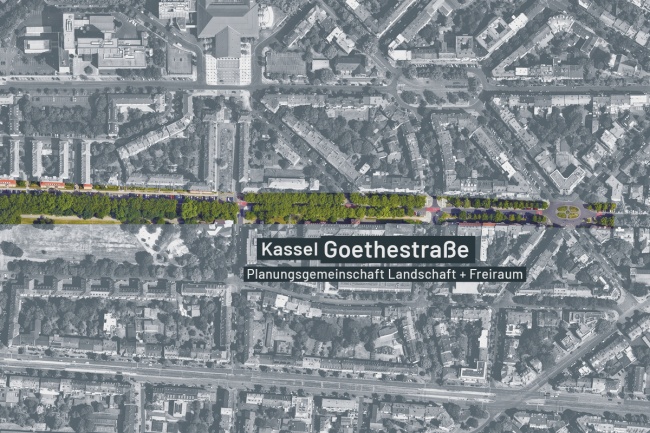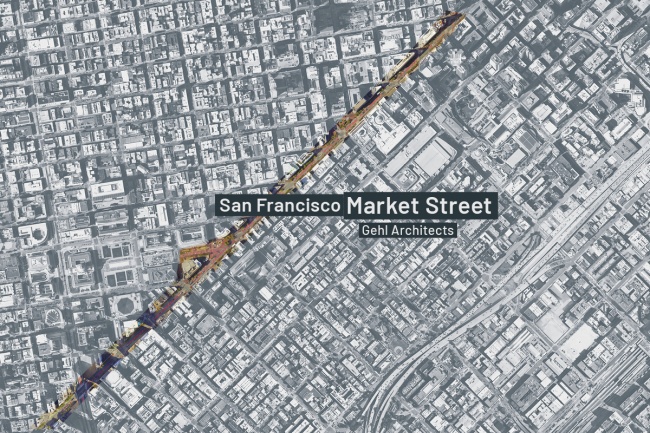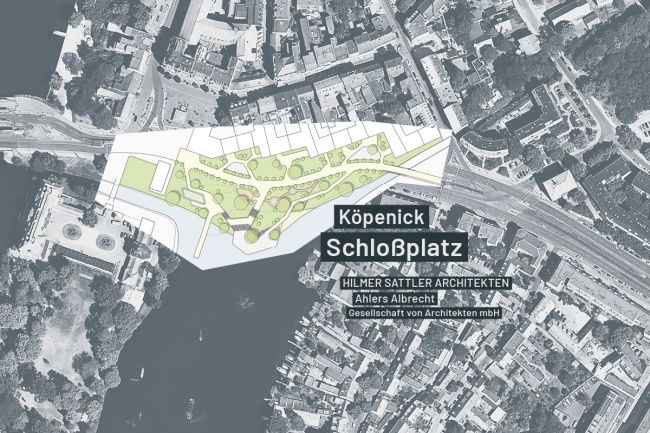
Great Streets of Tomorrow
Climate change, developments in transport, as well as our experience of the Covid-19 pandemic make it possible and indeed necessary to imagine what the streets of tomorrow could be like. The “brittle spaces” of today – highly resilient while serving a single function, but not very efficient in integrating different needs – lack the flexibility needed to meet the demands of today: more interesting spaces
for pedestrians, safer access for cyclists, and more liveable spaces for residents. Taking ten of Berlin’s and Potsdam’s major streets as an example, we want to reimagine a future beyond the legacy of the “car-friendly city”. Looking further afield to Rotterdam and Kassel, Copenhagen and San Francisco, shows us that it is possible to invoke change, to the significant benefit of all.
Curator: Ulrich Brinkmann
Co-curator: Celina Schlichting
